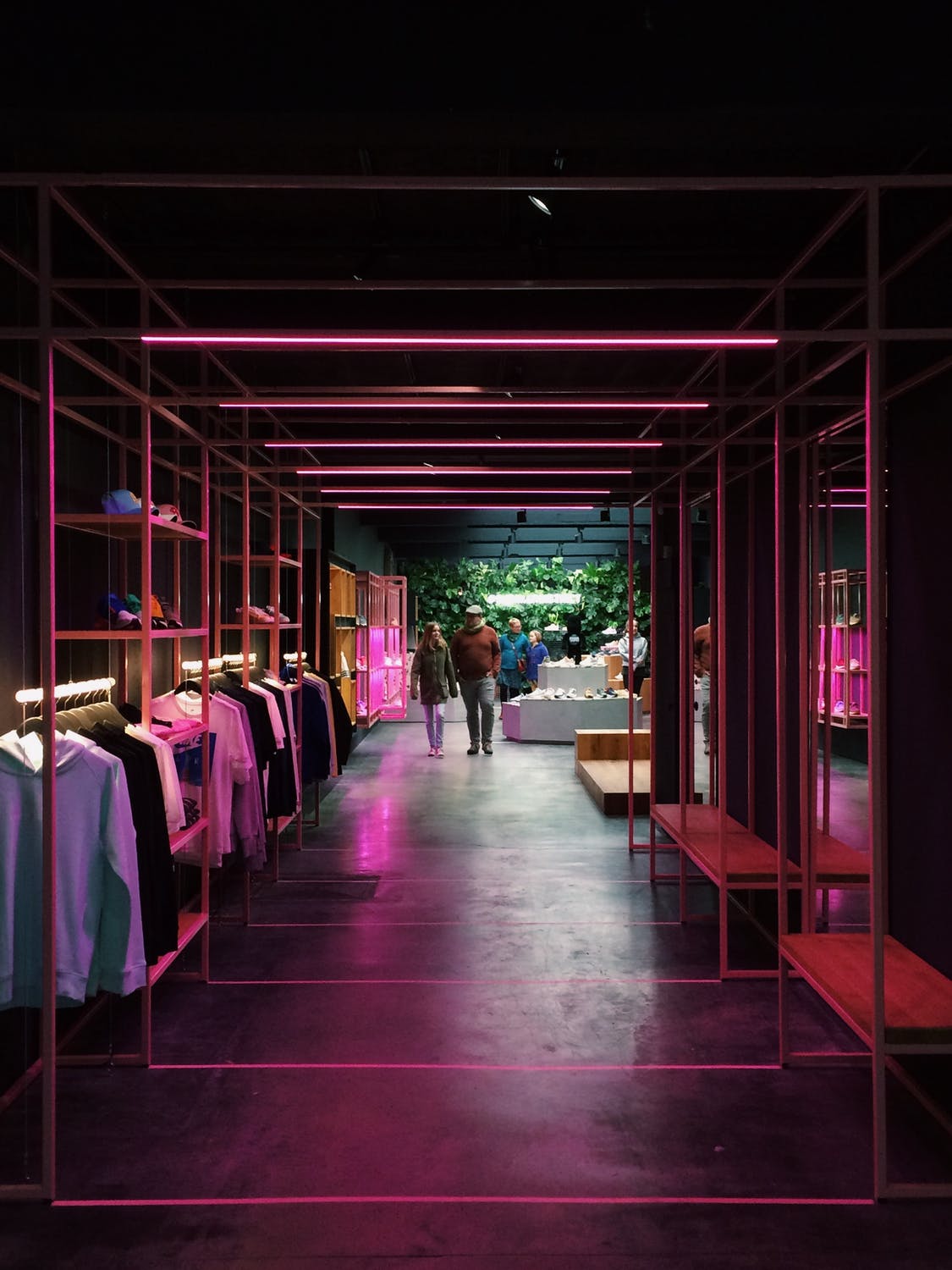Retailers recognise the importance of customer experience in the future store, as the latest European research shows – but how does this translate in bricks-and-mortar settings and what do customers now want as part of their in-store buying journeys? We caught up with Jens Levin, CEO at Sitoo to break these new CX demands down.
In our recent ‘Leveraging Technology for Growth in 2021: A Strategic Restructuring of Retail Post-Covid’ report, we spoke to 100 retail directors from all over Europe and across all retail sectors about their challenges for 2021 and beyond, and it is clear that they all recognise that the pandemic has been a catalyst for change. We wanted to know how they planned to keep pace with changes that have been largely outside their control.
91% of retailers say they are investing nearly half of their budget into customer experience innovation in the next year because they see their stores as crucial for bouncing back from COVID-19. In fact, CRM software investment was number two on the list of investment priorities after artificial intelligence, and yet even the remainder of the list is dominated by technologies with a strong customer experience imperative.
This chimes with our view that unified commerce is non-negotiable when it comes to delivering a first-class customer experience. Unified commerce is when all sales channels exchange product, inventory, order and customer data in real-time. It means retailers can provide customer convenience across stock, purchase, payment, delivery and return, alongside harnessing the power of personalisation with clientelling.
There was clearly some way to go here as 58% of our respondents said they think their customers do not get a true omnichannel experience when they shop with them. However, there was a commitment to fix this; 56% of respondents are planning to invest in digital technology to make unified commerce a reality within the next year.
Priorities here ranged from merchandising and stock management to training and a more integrated way of managing retail operations, communications, workflow automation, and advanced performance analytics, all accessible on mobiles.
Training then needed to be backed up with tools to enable staff, as the brand champions, to sell, serve and manage. This is about recognising that the POS is now a point of service. With the POS as a native app for iOS and Android on a mobile device your associates get enhanced and intuitive POS functionality alongside the flexibility to serve the customer anywhere with digital receipts and contactless payments. With built-in assisted selling tools like rich product information, inventory management functionality and omnichannel fulfilment capabilities, the POS can help store associates dramatically increase sales, and make the stores a natural part of the customer-centric unified commerce offering.
In terms of speed to payback in new investments, mobile POS on phones came first. They are important work tools for the store associates. When equipped with a POS in their smartphones, they are able to elevate the customer experience throughout the customer journey, work more efficiently with inventory management but also enable easy scale up and down as the season sale changes.
Further down the line, while it was generally agreed that being able to track the customer’s journey across channels, from start to payment, was essential, solving it was not so easy. Retailers also felt that they simply had too many other priorities on at the moment in trying to get back to a manageable normal.
However, the customer’s experience must never be forgotten and there is a great risk that retailers deliver something that is not exactly what the customer is looking for. For instance, in the research, retailers recognised that their customers were demanding greater sustainability from them. Most reported that they had policies in place that they now wanted to advertise more widely, given how it was becoming so much a part of the buying decision process.
Post pandemic, both online and mobile shopping will continue to grow and our retailers are clearly recognising this. Combining online and physical and unifying them with the help of cloud-native technology, is what the forward thinking brands are already doing and will continue to do throughout 2021 and beyond.
In terms of the balance between channels, that depends on the individual retailer. Achieving success requires retailers to define a roadmap and set up a ‘control tower’ to avoid launching a series of poorly thought out and executed roll-outs. Choices around technology are completely interlaced with those around shopper value propositions, operating models, and people. Larger retailers must also account for the impact on the broader community and their overall social responsibility.
For more information on how retailers can build back better and restructure their omnichannel operations for a retail world beyond covid-19, download the full report: ‘Leveraging Technology for Growth in 2021: A Strategic Restructuring of Retail Post-Covid



















